If sharks made movies,
Who would be the bad guys in the movie?
What would the novel Moby Dick have been like?
if the white whale had written it?
What opinion will the sea have of us?
and its inhabitants?
If the sea could speak, what would it say?
Maybe I would say: “I don’t want to be a factory.”
And I would say, “I don’t want to be a garbage man.”
And I would say: “I don’t want to be a cemetery.”
From the sea came life, when life began to live, and the sea wants to remain the untouchable Sanctuary of life.
Eduardo Galeano
(Specially written for the creation of the Sanctuary in Uruguayan waters)
Sanctuary of life
Memories of the little heroes who created giant stories.
In 2013, the Uruguayan sea was declared a Whale and Dolphin Sanctuary thanks to the dreams and voices of the children of School No. 27 in Maldonado, who also represented schoolchildren from Rocha. Their bill, supported by the OCC (Cultural Commission for the Protection of Children), politicians, artists, and committed volunteers, was unanimously approved in Parliament. We sincerely thank Gerardo Amarilla, Carlos Páez Vilaró, Agó Páez, Mariana Ingold, Julio Víctor González, Gustavo Cordera, and all those who championed this cause with passion and hope.
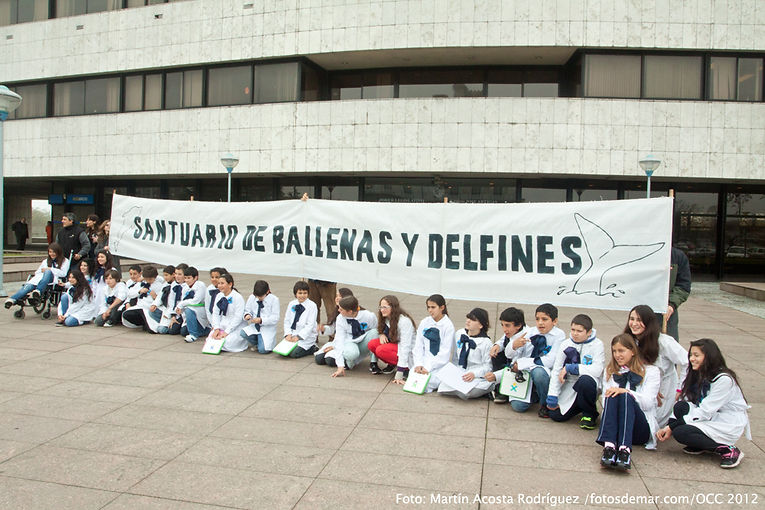
Declaring a Whale and Dolphin Sanctuary represents a legal and ethical commitment to protecting the lives, well-being, and natural balance of marine ecosystems that sustain the entire web of life on the planet.
What is a Sanctuary?
It is a marine area specially designated for the comprehensive protection of whales and dolphins, particularly those species that are vulnerable, threatened, or at risk of extinction. The sanctuary encompasses key areas for their reproduction, migration, and feeding, ensuring their survival and the maintenance of their migratory routes.
What does it mean?
Harmful activities such as hunting, capturing, harassing, transporting, trading, and any action that could intentionally harm these cetaceans or lead to their death are prohibited.
Who lives in the Sanctuary?
The Uruguayan Whale and Dolphin Sanctuary is much more than a refuge for cetaceans: it is a living mosaic of marine ecosystems that support an extraordinary diversity of life. Its waters are home to mussel beds and deep-sea corals, seagrass meadows, extensive sandy bottoms, and transition zones between the estuary and the open ocean—essential habitats for fish, sharks, rays, sea turtles, and sea lions. These communities, along with coastal and migratory birds, create an interdependent network where each species plays a vital role in the balance and health of the ocean.
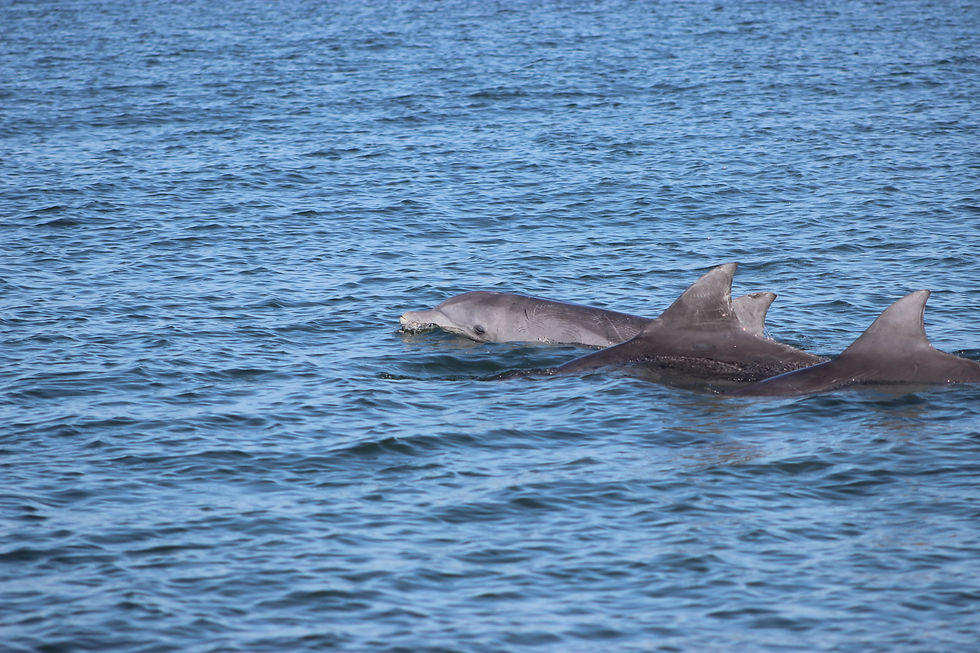
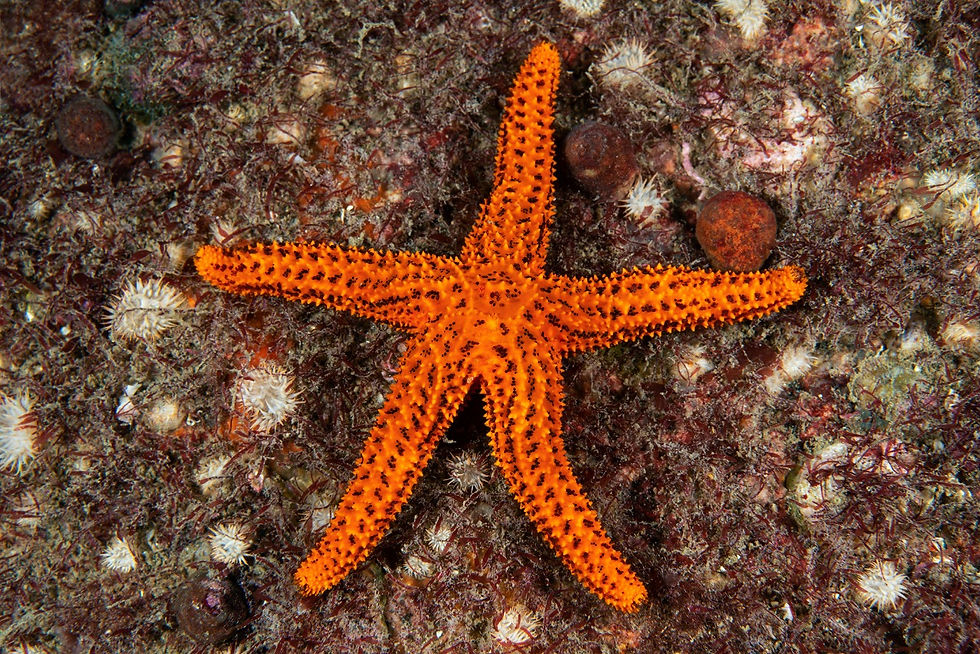
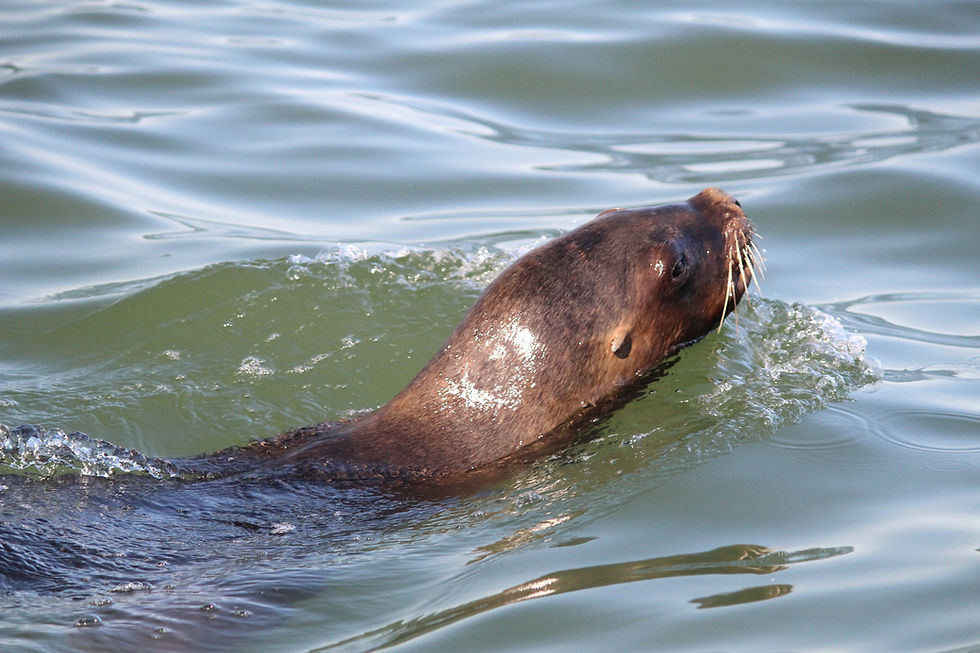

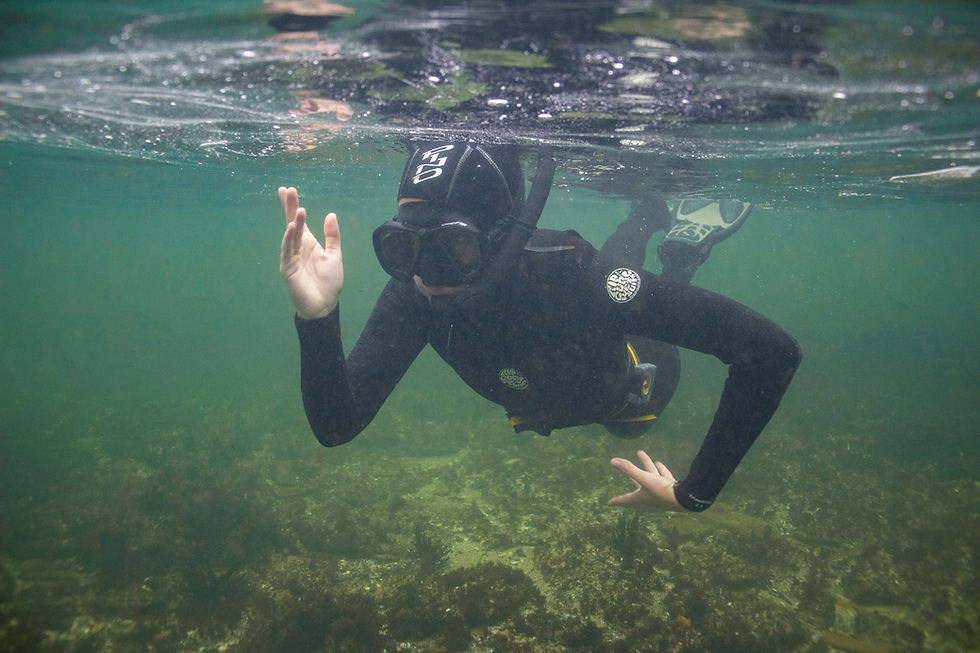
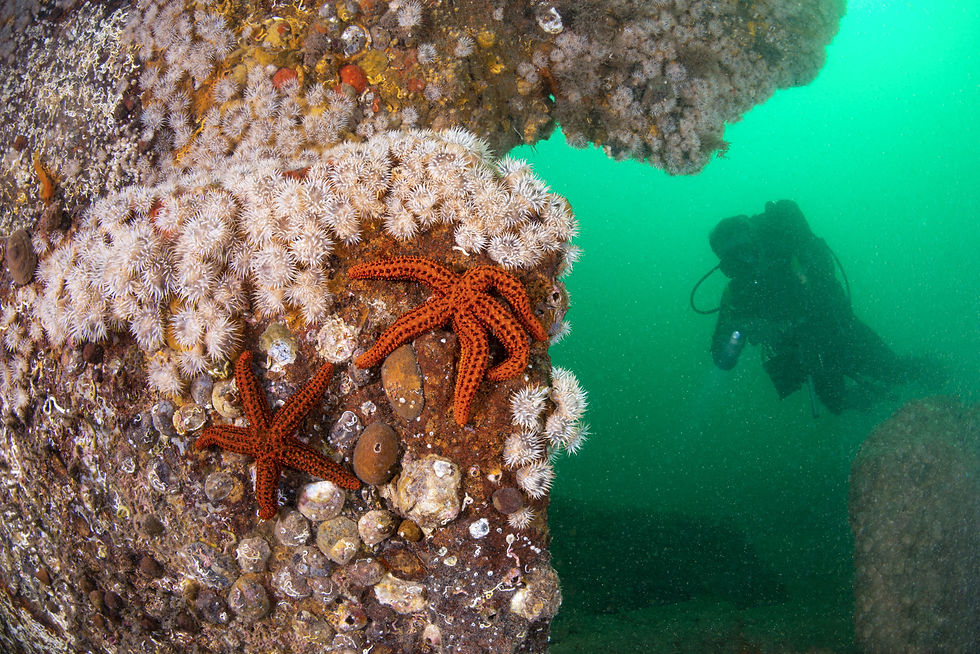
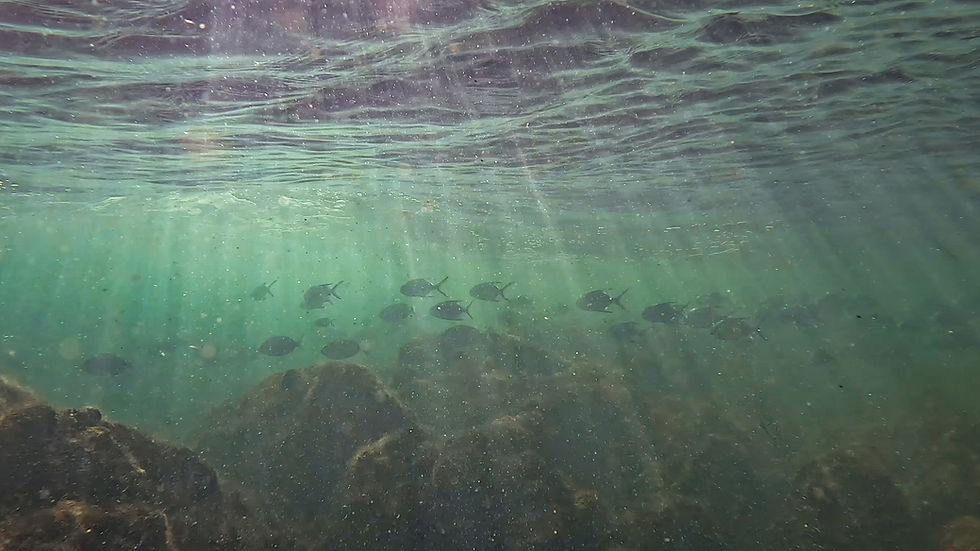

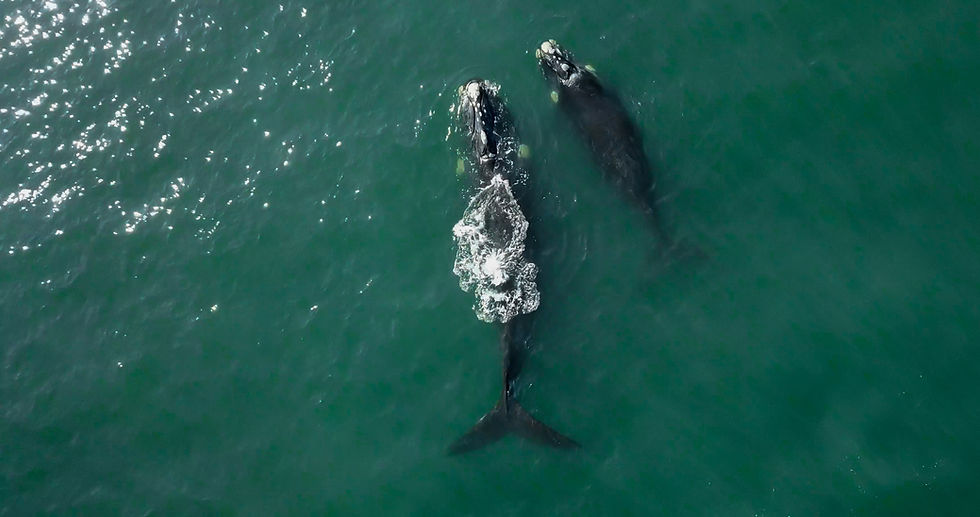
The Sanctuary is a Place of Hope
Mission Blue inspires action to explore and protect the ocean. Led by legendary oceanographer Sylvia Earle, Mission Blue inspires action to explore and protect the ocean by fostering increased public awareness, access, and support for a global network of marine protected areas: the “Hope Spots.” These are special places that have been scientifically identified as critical to ocean health. The Uruguayan Whale and Dolphin Sanctuary achieved recognition from that institution with support from the Earth Law Center to advance the sanctuary’s rights.
Learn about the laws that protect cetaceans in Uruguay.
-
Santuario de Ballenas y Delfines de Uruguay - Ley N° 19128
-
Decreto N° 238/998
-
Decreto N° 261/002
